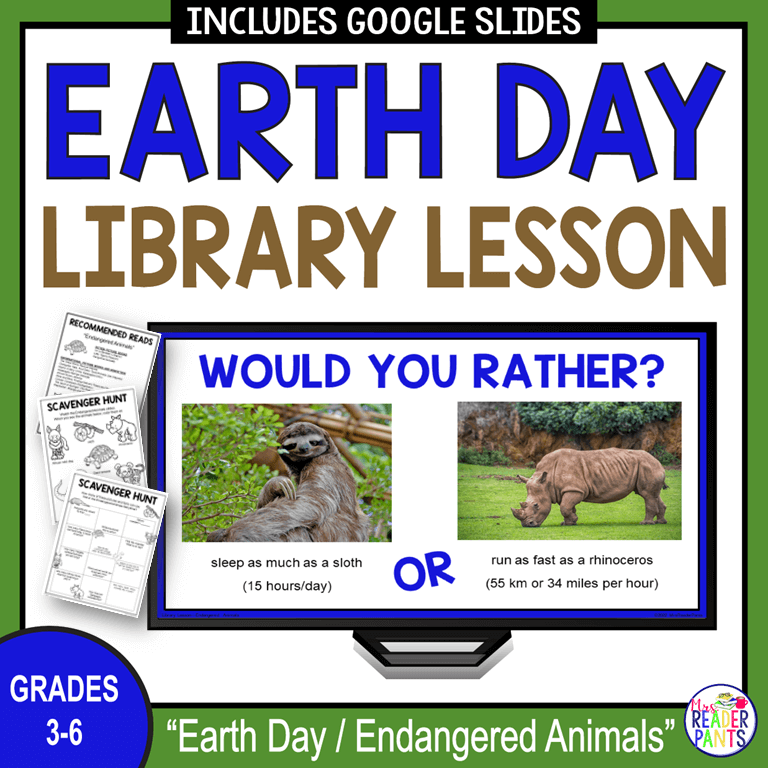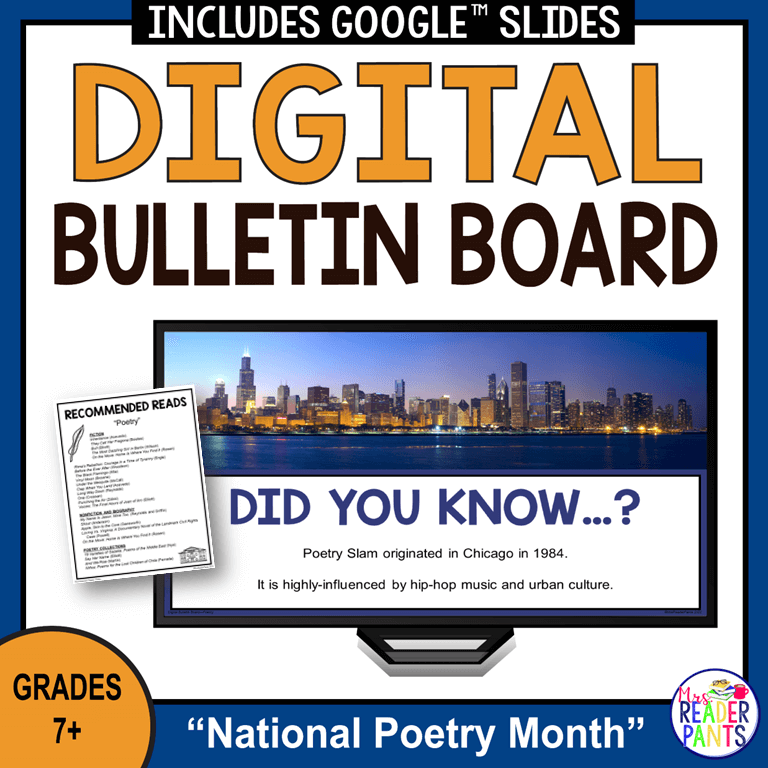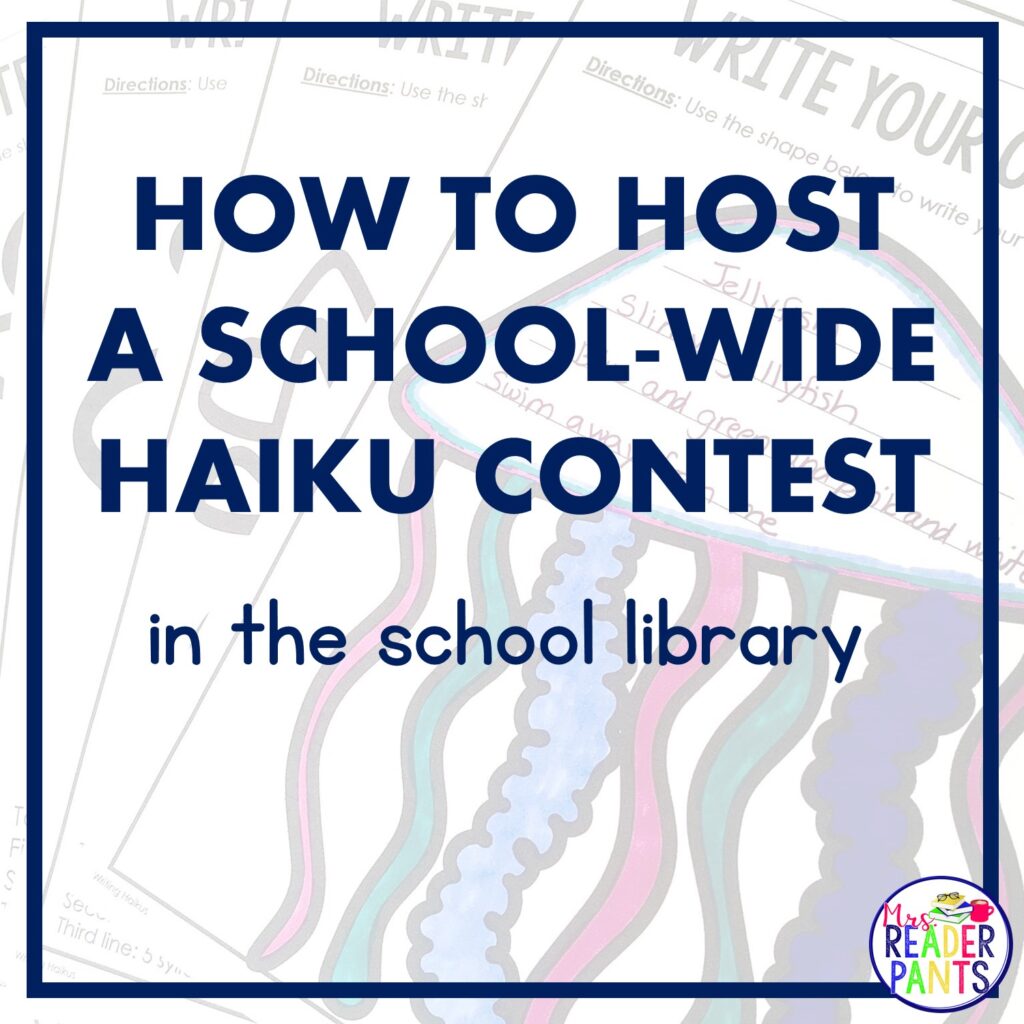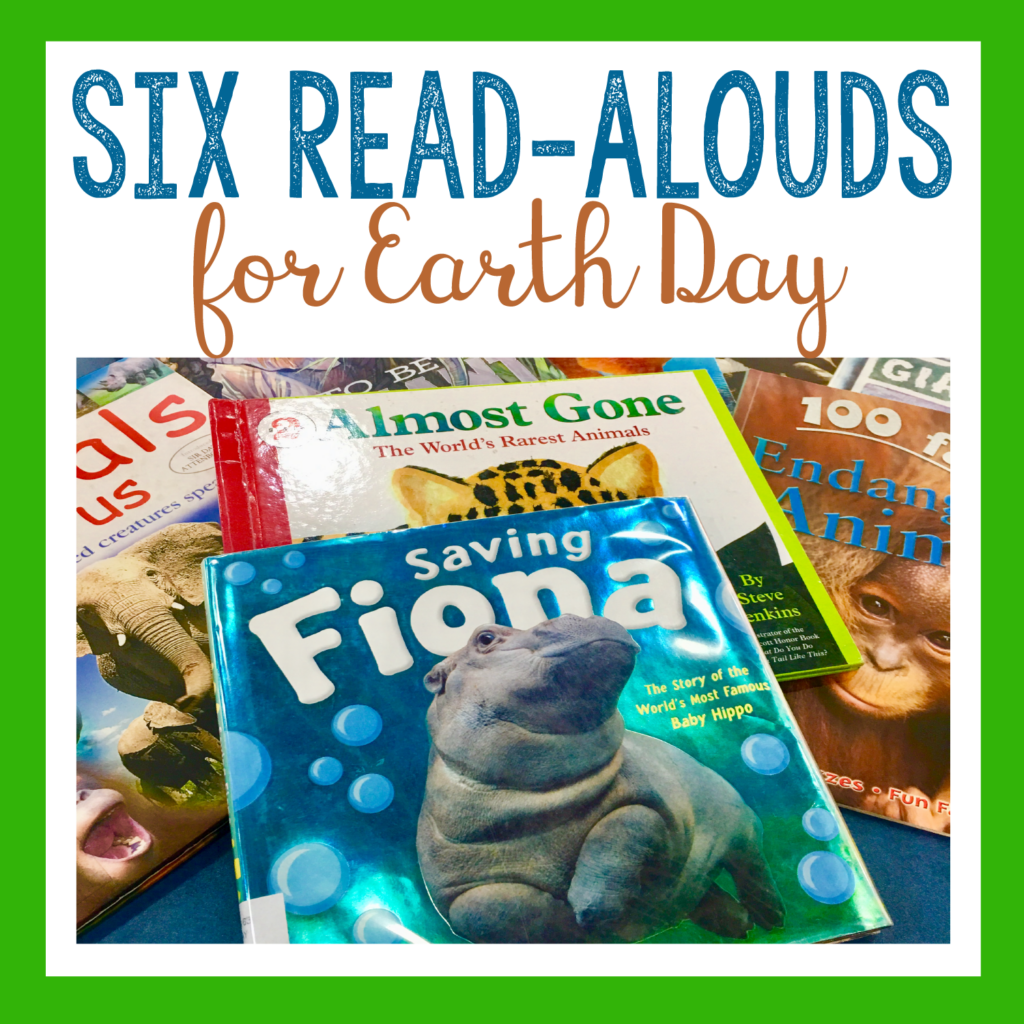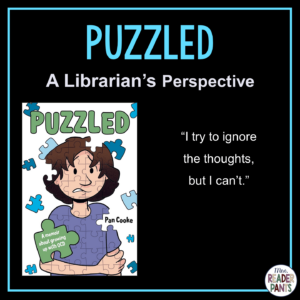New Year’s Resolutions? No way! New Year’s Reading Goals? YES!![]()
I gave up on New Year’s Resolutions many years ago. Like most people I know, I rarely stick with any of it beyond maybe January 2nd or 3rd anyway, so why bother?
But reading challenges? I’m all over those! I’ve set a yearly reading goal on Goodreads since 2013. My goal is always 100 books. One time, I made it. The rest of the time, I didn’t. But I am convinced that I read more books with a reading goal than I would without one, so I set the bar high every year.
Today, I’m going to tell you about how our school-wide reading challenge this year started with a pact between me and one ninth grade girl. It grew steadily throughout that school year, and I know it will continue to grow next year.
ACCIDENTALLY AWESOME: HOW THE 2018 SCHOOL-WIDE READING CHALLENGE BEGAN
 Our school-wide reading challenge kind of happened by accident.
Our school-wide reading challenge kind of happened by accident.
In early-January 2018, I set a reading “pact” with a ninth grade girl at my school. We both wanted to try to set a reading goal of 100 books, but we both felt it was a stretch for us.
So I said if she would do it, so would I.
It wasn’t long before we had a few more students join us, and soon after, I started talking up the Reading Challenge in library classes.
Soon, more students joined the Challenge. We decided that displaying posters of our goals would help keep us accountable, and the Reading Challenge was born!
As 2018 continued, more and more students set their own challenges.
Some teachers also set their own challenges and displayed a poster outside their classroom doors.
We even had a parent do one!
My students can set reading goals at any time in the school year, and I am on a constant rotation of poster-making and printing.
I did a second official push for posters at Back-to-School time, and I will do another push again in early-January.
Students are encouraged (never required) to set their own reading goals, and I create a personalized poster for them.
Some students set individual goals, and others do it together with a team of friends. They choose their poster colors and fonts, and I design the poster specifically for them.
No two posters are alike. I get them printed professionally, and we hang them up in the library. Students add a sticker to their poster for each book they read.
“BUT MISS, WHAT IF…”
When talking about the Reading Challenge, students often ask me questions like:
- “What if I don’t finish my goal?”
- “How will you know I really read the books?”
- “What if someone lies and says they read all the books?”
- “Can I make a goal of only one book?”
The answer to these questions is always that the goals are your personal goal. If you don’t finish, you probably still read more than you might have otherwise.
And if you didn’t really read the books or are lying about reading them, you are only lying to yourself. No one will know but you.
For the question about a goal of one book, I tell the student that the point of a goal is to stretch ourselves a bit. If finishing one book is a stretch (and I’m sure it is for some), then yes, that can be their goal.
If a student who has never completed a book on his/her own wants to make a goal of completing one book sometime this year, then who am I to say that’s not a worthy goal? I think that may be the most worthy goal.
That said, no one has ever asked me to create a poster for a one-book goal.
SCHOOL-WIDE READING CHALLENGE: PRIZES AND INCENTIVES
 I do not give prizes for students who reach their goals, outside the high-five and an announcement during their class’s library time.
I do not give prizes for students who reach their goals, outside the high-five and an announcement during their class’s library time.
Believe me, I am super-proud of these kids for reaching their goals, but I believe the students who don’t reach their goals have still done something great by simply setting a goal.
This is totally optional. No one makes these students set a reading goal and display it in the library for all the world to see.
The act of setting a goal and announcing it is huge. HUGE. And I am ridiculously proud of every student who participates in the Reading Challenge, no matter how many books they end up reading.
WHAT HAPPENS IF THE LIBRARIAN FAILS TO MEET THEIR OWN READING GOALS?
I constantly share my Reading Challenge progress with my students during their library time.
What I really love about this is that I am not going to achieve my 100-books goal this year. Not by a longshot, actually.
And guess what? My students know I won’t make the goal because I tell them proudly.
There is zero shame in not making the goal. So what if I didn’t make it? The real prize is that I read and enjoyed my reading.
While I didn’t read 100 books this time, that won’t stop me from setting another 100-book goal in January.
Because to be honest, I would have read fewer books if I didn’t set any goal at all.
I am always aware of my goal because I report to my students every single day. I’m glad they get to see me fail my goal because that makes it okay for them to put themselves out there.
It makes it okay for them to set a goal, even knowing they might not reach it. I’m happy to be the fall guy so my students don’t have to.
SUPER-READERS AND THE POWER OF TWO BRAVE GIRLS
 As I mentioned, the Reading Challenge started in 2018. Though I have set my own reading goals since 2013 and encouraged students to set reading goals, I had never tried to take it school-wide.
As I mentioned, the Reading Challenge started in 2018. Though I have set my own reading goals since 2013 and encouraged students to set reading goals, I had never tried to take it school-wide.
Our school’s super-readers got involved early on, setting very high goals that they were excited to try to reach.
I had one eighth grade girl read 400 books this year. 400! And those weren’t graphic novels; they were big books like Three Dark Crowns, The Red Queen, and Allegedly.
That’s more than one book a day, but I have absolutely no doubt that she read and understood every last one. We read a lot of the same books, and she’s one of my favorite people to talk books with.
Of course, this student is a not the norm. What worried me early-on was that the super-readers seemed to be the only ones setting goals.
I encouraged students to set any goal they liked, giving examples like 50 graphic novels in a year or one book from each genre section or even 50 picture books, but no one set those kinds of goals. It was always well over 100 books, and almost all of them were from super-readers.
But then, a breakthrough.
Two sweet seventh grade girls set goals of 15 and 20 books. I admire these two girls so much because neither one is a “super-reader.”
For both girls, 15 and 20 books in one year is a stretch. They can do it, but they’ll have to be diligent and select the right books for them. I admire these girls’ courage because their posters are there amid the other hundreds-of-books reading goals from their super-reader peers.
Every goal my students pursue is something to celebrate, whether they meet the goal or not. But these girls? Their 15 and 20-book goals give other students–the vast majority who aren’t super-readers–the courage to create their own goals, too.
I’m proud of every student who does the Challenge, but these two girls’ goals are truly special.
WANT TO TRY THIS IN YOUR SCHOOL? SOME ADVICE…
 I have designed three reading challenge posters. The kit includes three poster designs: a sticker chart, a 40-book challenge, and an A-Z challenge.
I have designed three reading challenge posters. The kit includes three poster designs: a sticker chart, a 40-book challenge, and an A-Z challenge.
I’ve also included a “Want to Read” record sheet for students to keep in their binders, a “books I’ve read” record sheet, and record sheets for a 40-book challenge and an A to Z Reading Challenge.
A FEW TIPS FOR IMPLEMENTING A SCHOOL-WIDE READING CHALLENGE
- For zealous elementary students, you might prefer to do classroom goal posters. This might help keep you from creating hundreds of posters.
- Key word: OPTIONAL. If I found out a teacher was giving a grade for Reading Challenges at my school, I would be having a chat with the teacher about that.
- Reading goals should be personal and intrinsically-motivated. If it’s forced on them, it is no longer a personal reading challenge; it’s just another annoying assignment students have to complete. No. No. No.
- If a student wants a poster, but wants to take it home to work on privately, the answer is yes. I encourage them to display it in the library, but the goal is that the student reads and challenges him or herself. I’d rather a student take the poster home than not do it at all.
- Create posters on an ongoing basis. Students at my school are welcome to join the Challenge anytime they are ready.
- If a student asks a question about their Challenge (“is it okay if…?”), my default is always to tell them it is their challenge, unique to them, and they may do it any way they wish. Then, we talk about different options they might consider to answer their question.
- I recommend praise and high-fives over prizes for reaching goals. Personal, intrinsic motivation is so important when it comes to reading.
- Create a Reading Challenge for yourself and encourage your school’s staff to also set a Challenge for themselves.
- Do not be afraid to fail. Set your goal higher than you think you can reach. If your kids see you fail, it will be okay if they also fail. Trust me, if your students are setting reading goals and making any attempt to meet them, no one is failing.
- Share your progress with your students. Often.
- Follow up on your students’ Challenges. What are they reading? How is it going? What victories or struggles are they having?
WANT TO TRY YOUR OWN SCHOOL-WIDE READING CHALLENGE?
Don’t reinvent the wheel! I’ve got three different reading challenges, all ready to go! The ones mentioned in this post are the “Three Reading Challenges” set, but I’ve also used the Reading Bingo and Picture Books Around the World in my schools.
I’ve only used these three challenges with middle and high school students. I have used Reading Bingo with elementary students as well, but the cards in the set below are for middle school students.


